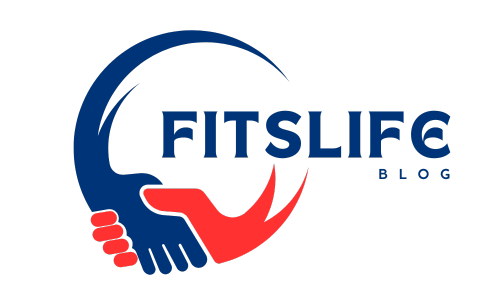Introduction August marks National Wellness Month, a time dedicated to focusing on self-care, managing stress, and adopting healthy routines that lead to a more balanced life. Whether you’re a student, a working professional, or simply someone looking to improve overall wellness, this month is a great opportunity to embrace healthier habits and create lasting positive change. By making small adjustments in daily life, you can significantly improve both your mental and physical well-being. Let’s explore how to take full advantage of this special month and start living a healthier, happier life.
Understanding Wellness
Wellness isn’t just about physical health; it involves a holistic approach, focusing on mental, emotional, and social well-being too. It’s about living in balance and ensuring that all aspects of life contribute to your happiness and fulfillment.
The wellness journey typically includes:
- Physical Activity: Exercise is a powerful tool for boosting mood, reducing stress, and improving sleep.
- Healthy Eating: Nutrition plays a vital role in overall well-being.
- Mindfulness and Mental Health: Managing stress and practicing mindfulness can enhance your emotional well-being.
- Social Connections: Fostering meaningful relationships supports emotional health.
- Sleep: Quality rest is essential for overall functioning and healing.
Why Celebrate National Wellness Month?
This month serves as a reminder and encouragement to prioritize self-care. People often get caught up in their busy schedules, but August provides a perfect opportunity to pause and re-evaluate habits, routines, and mental health. Celebrating wellness doesn’t require big changes; simple, mindful decisions can bring about significant positive effects.
MBC Framework: A Guide to Personal Wellness
To make the most of National Wellness Month, let’s apply the MBC framework, which breaks wellness goals into Mind, Body, and Connections. Each component contributes to overall well-being, creating a more sustainable lifestyle.
Mind
- Meditation: Start with just five minutes of mindfulness each morning.
- Journaling: Reflect on your thoughts and feelings daily.
- Mental Breaks: Schedule short breaks to avoid burnout during study or work.
Body
- Exercise: Engage in 30 minutes of physical activity each day—whether walking, swimming, or yoga.
- Nutrition: Fuel your body with healthy snacks like fruits and nuts.
- Hydration: Drink at least eight glasses of water daily to stay hydrated.
Connections
- Socialization: Spend quality time with friends and family, even if it’s just a phone call.
- Community Support: Join wellness challenges or local groups to stay motivated.
- Gratitude: Cultivate gratitude by appreciating the people around you.
Tips for Students: Wellness for Better Academic Performance
For students in grade 9, wellness can greatly impact academic performance. Here are some wellness tips tailored to support students:
Ask for Help: Don’t hesitate to seek guidance from teachers, counselors, or peers.
Manage Stress: Create a study schedule to avoid last-minute cramming.
Healthy Habits: Prioritize sleep, nutrition, and physical activity to boost brain function.
Balance Studies and Fun: Make time for hobbies and relaxation to recharge.
Stay Organized: Keeping a planner or digital calendar can help track deadlines.
Conclusion: Embrace Wellness for a Brighter Future
As National Wellness Month encourages self-care and healthier living, there’s no better time to embrace the benefits of wellness in your life. Whether through mindfulness, physical activity, or social connections, these small changes can have a profound impact on your overall well-being. By following the MBC framework and incorporating wellness into your daily routine, you’re not only investing in your present but also setting a strong foundation for your future.
Start your wellness journey today, and remember—small changes lead to big results.













